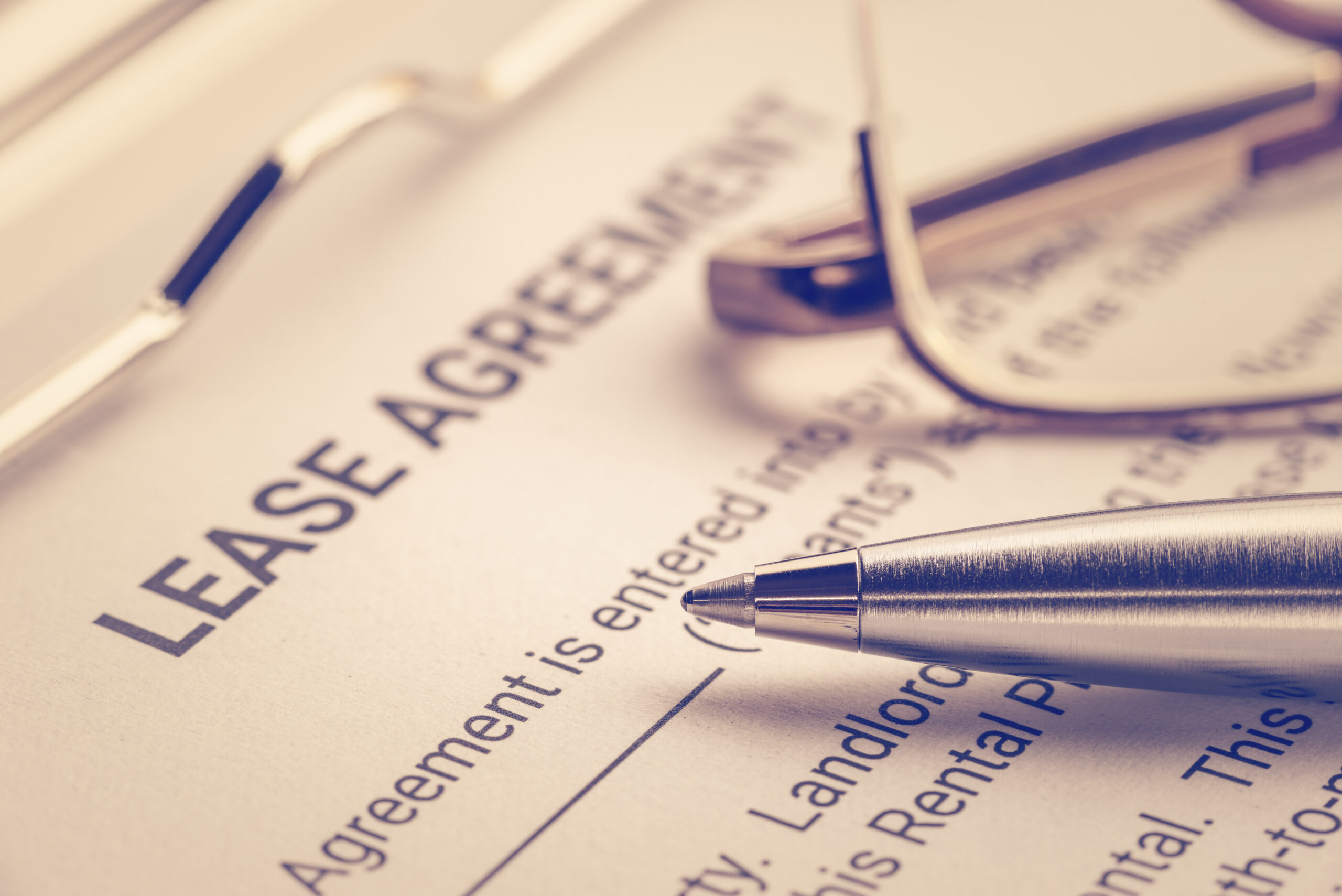Designing a productive and functional office space is crucial for businesses seeking to maximize their efficiency, creativity, and overall success. When leasing a commercial workspace, businesses have the opportunity to customize and tailor the space to their unique needs and work culture. In this article, we will provide valuable guidance on designing a productive office space within a leased commercial property. At Hillside Park Real Estate, we understand the importance of creating an inspiring work environment, and we are committed to providing exceptional leasing experiences. With our personalized service, extensive experience, and prime commercial real estate options in Oswego, NY, we are your trusted partner in finding the perfect space for your business. Let’s explore design tips that can transform your leased commercial workspace into a hub of productivity and success.
Understanding Your Business’s Needs and Culture
Before designing your office space, it’s crucial to understand your business’s specific needs, goals, and work culture. Consider the nature of your business, the tasks performed by your employees, and the desired atmosphere. Aligning the design with your business’s values and culture sets the foundation for a productive and engaging workspace.
Optimizing Layout and Flow
The layout and flow of your office space greatly impact productivity and collaboration. Consider the workflow of your business and create designated areas for different activities, such as individual workstations, meeting rooms, and collaborative spaces. Optimize the arrangement of furniture and equipment to ensure easy navigation and efficient use of space.
Prioritizing Ergonomics and Comfort
Employee well-being is essential for productivity and long-term satisfaction. Prioritize ergonomic design principles by investing in adjustable desks, ergonomic chairs, and supportive accessories. Provide comfortable seating areas, break rooms, and relaxation spaces to encourage employee well-being and reduce fatigue.
Maximizing Natural Light and Views
Natural light has a positive impact on employee mood, productivity, and overall well-being. Whenever possible, maximize natural light by placing workstations near windows and using transparent or translucent dividers. Additionally, consider incorporating views of the surrounding environment, as they can provide a refreshing and inspiring backdrop.
Choosing the Right Color Palette
Colors have a psychological impact on individuals, influencing their mood, focus, and creativity. Choose a color palette that aligns with your brand identity and desired atmosphere. Cool tones like blue and green promote calmness, while warm tones like yellow and orange stimulate energy and creativity. Strike a balance between vibrant and neutral colors to create a visually appealing and harmonious workspace.
Incorporating Functional Furniture and Storage Solutions
Invest in functional furniture and storage solutions that cater to your business’s specific needs. Consider adjustable desks, modular furniture, and multipurpose storage solutions to optimize space utilization. Ensure that furniture and storage options support your workflow and promote an organized and clutter-free environment.
Creating Collaborative Spaces
Collaboration is essential for innovation and problem-solving. Designate areas for team meetings, brainstorming sessions, and informal collaborations. Provide comfortable seating, whiteboards, and technology integration to facilitate effective communication and idea sharing among team members.
Enhancing Acoustic Control
Office noise can be a distraction and hinder productivity. Implement acoustic control measures such as sound-absorbing materials, acoustic panels, and strategic placement of furniture to minimize noise levels. Consider creating designated quiet zones for focused work and conference rooms with soundproofing for privacy.
Incorporating Greenery and Biophilic Elements
Biophilic design principles, which incorporate natural elements, have been shown to improve well-being and productivity. Integrate plants, living walls, and natural materials to bring a sense of nature indoors. These elements not only enhance aesthetics but also improve air quality and create a calming and refreshing atmosphere.
Integrating Technology and Connectivity
A well-designed office space incorporates technology seamlessly. Ensure the availability of power outlets, data connections, and Wi-Fi access points in strategic locations. Implement collaborative tools, video conferencing equipment, and smart devices that enhance communication and streamline workflow.
Promoting a Healthy Work Environment
Prioritize the health and wellness of your employees by creating a work environment that supports physical and mental well-being. Provide access to natural light, proper ventilation, and ergonomic furniture. Encourage physical activity by incorporating standing desks, wellness rooms, or fitness areas within the workspace.
Considering Flexibility and Adaptability
Design your office space with flexibility and adaptability in mind. Business needs and work cultures evolve, so create a space that can be easily reconfigured to accommodate changing requirements. Modular furniture, movable partitions, and flexible layout options allow for seamless adjustments as your business grows and changes.
Balancing Privacy and Openness
Strike a balance between open work areas and private spaces. Design private offices, quiet rooms, and phone booths to provide individuals with the opportunity to focus on and handle confidential matters. Use soundproofing and visual dividers to ensure privacy without compromising the overall openness and collaboration of the space.
Incorporating Branding and Identity
Infuse your office space with elements that reflect your brand identity and values. Incorporate your logo, color scheme, and visual elements throughout the space. Branding elements not only create a cohesive and professional environment but also instill a sense of pride and identity among employees.
Regularly Assessing and Updating the Workspace
A productive office space requires continuous evaluation and improvement. Regularly assess how well the design supports your business’s needs, employee feedback, and evolving industry trends. Make adjustments and updates accordingly to ensure your workspace remains dynamic, functional, and aligned with your business goals.
Designing a productive office space within a leased commercial property is a valuable investment for businesses to enhance productivity, employee satisfaction, and overall success. By understanding your business’s needs, optimizing layout and flow, prioritizing ergonomics and comfort, and incorporating elements like natural light, color, and technology, you can create a workspace that fosters creativity, collaboration, and well-being. At Hillside Park Real Estate, we are committed to providing exceptional leasing experiences and assisting businesses in finding the perfect space for their needs. Contact us today to embark on your journey of creating a productive and inspiring office environment.
FAQs
Q: Can I make changes to the leased office space to align with my design preferences?
A: The ability to make changes to the leased office space depends on the terms of the lease agreement. Some landlords allow tenants to customize the space within certain guidelines, while others may have restrictions. It’s important to discuss your design intentions with the landlord and review the lease agreement before proceeding.
Q: How can I optimize the use of space in my leased office?
A: To optimize space utilization, consider using modular furniture, multifunctional pieces, and smart storage solutions. Designate areas for specific activities, such as individual workstations, meeting rooms, and collaborative spaces. Efficient space planning and organization contribute to a productive and functional office environment.
Q: What are the benefits of incorporating natural elements, such as plants, in the office space?
A: Incorporating natural elements, such as plants, in the office space has numerous benefits. Plants improve air quality, reduce stress levels, and enhance overall well-being. They also add visual appeal, create a sense of connection to nature, and contribute to a more relaxed and productive atmosphere.
Q: How can I balance privacy and openness in the office design?
A: Balancing privacy and openness involves careful space planning and design. Consider incorporating private offices, quiet rooms, or phone booths for focused work and confidential conversations. Use soundproofing materials and visual dividers to maintain privacy while still promoting collaboration and transparency.
Q: What should I consider when selecting office furniture for my leased space?
A: When selecting office furniture, consider ergonomic features, durability, and functionality. Invest in adjustable desks and ergonomic chairs to promote employee comfort and well-being. Choose furniture that aligns with your design aesthetic and supports the activities and workflow of your business.



